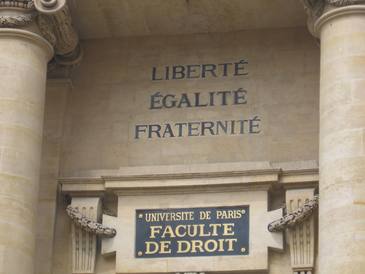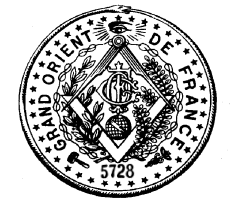Rise and Opposition

As time passed, quite a number of women rose in the ranks in the Masonic lodges. In the article, “French Freemasonry, Women and Feminist Scholarship,” Burke and Jacob state that women were slowly taking over the Free Mason meetings. The flow and overall energy began to shift, and ideologies were more geared towards the social aspects of society. The rituals of Freemasonry “were and are performed as a means of transferring knowledge in a symbolic manner” (Huffmire, 8). Women began performing the ceremonies and rituals, and naturally mixed in their own ideals. Men complained, as they felt it took away “from the craft” (How Stuff Works).
Although, it is yet again the men who do not fully acknowledge the women’s involvement in Freemasonry. Burke and Jacob argue that the women portrayed in Freemasonry have been one due to the “victimization of male subordination” (Burke and Jacob). The first women were mainly the wives of the men already involved in Freemasonry and were only allowed to be in charge of social and philanthropic events such as balls or social events. Women were treated unequally within the organization, and is an accurate reflection of their status in society, as women were seen not seen as peers but subordinates to men. The philanthropic ideology can also be linked to feminism, as “records of lodge meetings and writings about the institution seem to couple service and charity with the sisters’ spirit of independence” (Huffmire, 9).
Although, it is yet again the men who do not fully acknowledge the women’s involvement in Freemasonry. Burke and Jacob argue that the women portrayed in Freemasonry have been one due to the “victimization of male subordination” (Burke and Jacob). The first women were mainly the wives of the men already involved in Freemasonry and were only allowed to be in charge of social and philanthropic events such as balls or social events. Women were treated unequally within the organization, and is an accurate reflection of their status in society, as women were seen not seen as peers but subordinates to men. The philanthropic ideology can also be linked to feminism, as “records of lodge meetings and writings about the institution seem to couple service and charity with the sisters’ spirit of independence” (Huffmire, 9).

Eventually, women were able to organize their own “branch” of Freemasonry – the Grand Orient de France. Although, even the Grand Orient de France had to be supervised by men, which in effect made it co-masonry by definition. Society was afraid of women having more power, taking over what was once reserved for men only.
